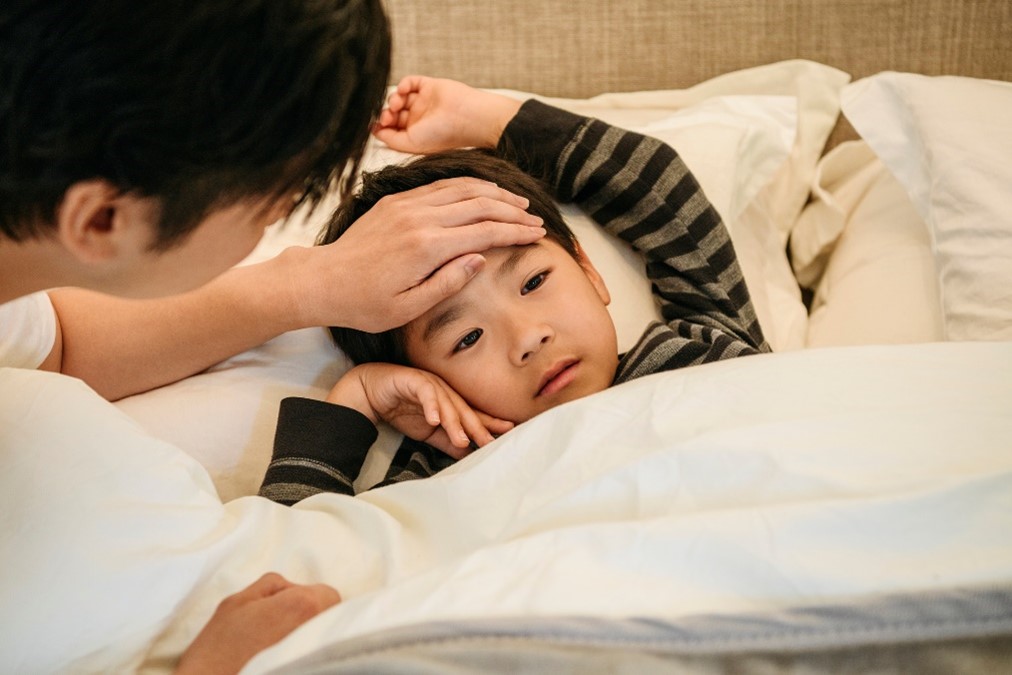
It’s normal for parents to worry when their little one falls ill. But our pediatric team is here to help guide you as your child grows and develops and deals with common childhood illnesses.
One viral infection that often affects children under 5 years old is hand-foot-and-mouth disease (HFMD) or coxsackie. Summit Health pediatrician Erica Gennaro, MD, says parents often have many questions about HFMD. She offers important insights into HFMD including what symptoms to look for, and how to care for your child until they recover.
Q. What are the telltale symptoms of HFMD?
A. Kids with HFMD usually have either a rash or painful sores in the mouth. When you ask them what hurts or why they refuse to eat, kids often point to their mouths. The rash looks like red spots, bumps or blisters and is worse on the hands, feet and diaper area. In addition, the rash can be itchy or painful.
Q. How long is HFMD contagious?
A. HFMD is most contagious when the child has a fever, any open blisters or mouth sores that cause them to drool. Usually, the disease lasts about a week. However, the virus can continue to spread in the stool for weeks, so caretakers should wash their hands well after diaper changes. We generally allow children back in school or daycare once their rash has dried up or crusted over, and they have not had any new spots or fever in 24 hours.
Q. Can you treat HFMD?
A. Since HFMD is caused by a virus that goes away on its own, the only treatment is supportive care. We treat the pain with over-the-counter medications like acetaminophen and ibuprofen and make sure the child does not become dehydrated. Cool water or milk and soft foods are usually less painful. You should avoid giving spicy, salty or acidic foods, like citrus fruits/drinks, tomato sauce and soda.
Sometimes, the rash can get infected by bacteria later in the course of the disease. In this case, we would prescribe antibiotics, but that is not common.
Do adults get HFMD, or is it mainly in children?
It is rare for adults to get HFMD since they have already been exposed to the virus in childhood and have likely built-up immunity. But when adults do become sick it tends to be more severe. HFMD is most common in children under the age of 5.
Should I be concerned about HFMD?
No, HFMD is common and typically goes away on its own without any lasting effects. Sometimes, it can cause the child's nails to peel off weeks after the disease, but they grow back on their own. There is one specific type of virus that causes HFMD which can have more serious effects on the heart or brain.
Anything else that parents should know?
HFMD spreads in the summer or early fall. Unfortunately, you can get it more than once because different strains of viruses cause it.
How can Summit Health help my child if they get HFMD?
You should always confirm with your doctor that your child has HFMD. Rashes caused by other illnesses can look similar and there can be different reasons why your child may have mouth or throat pain or decreased appetite. If your child has any symptoms make an appointment with your pediatrician.
